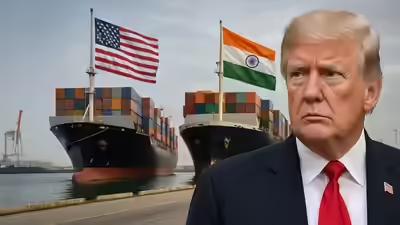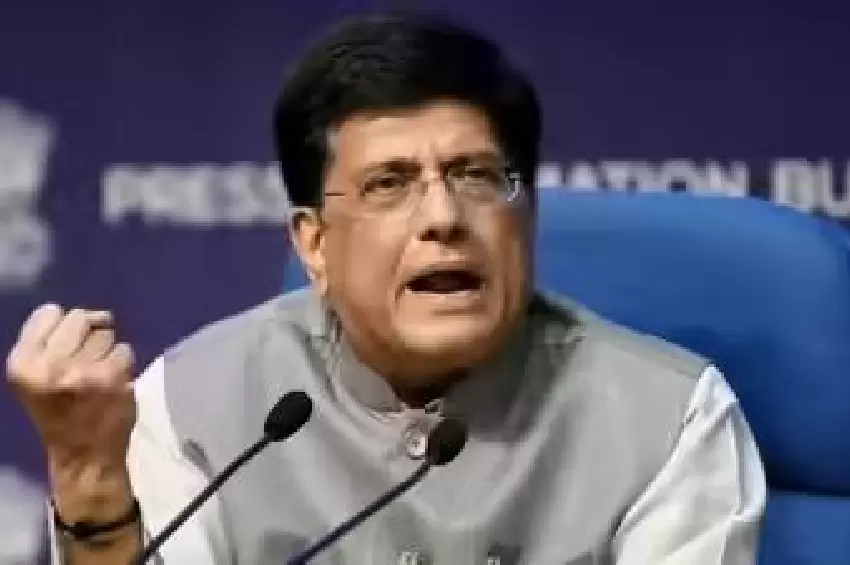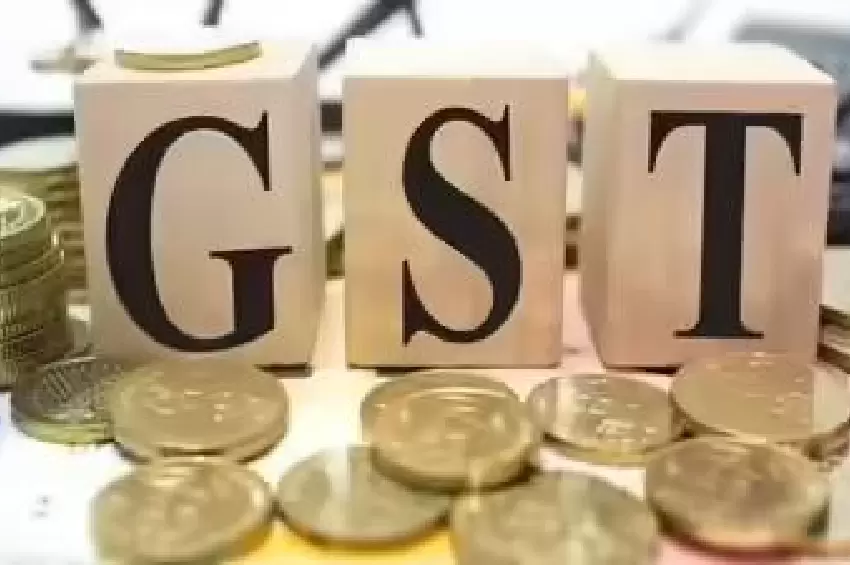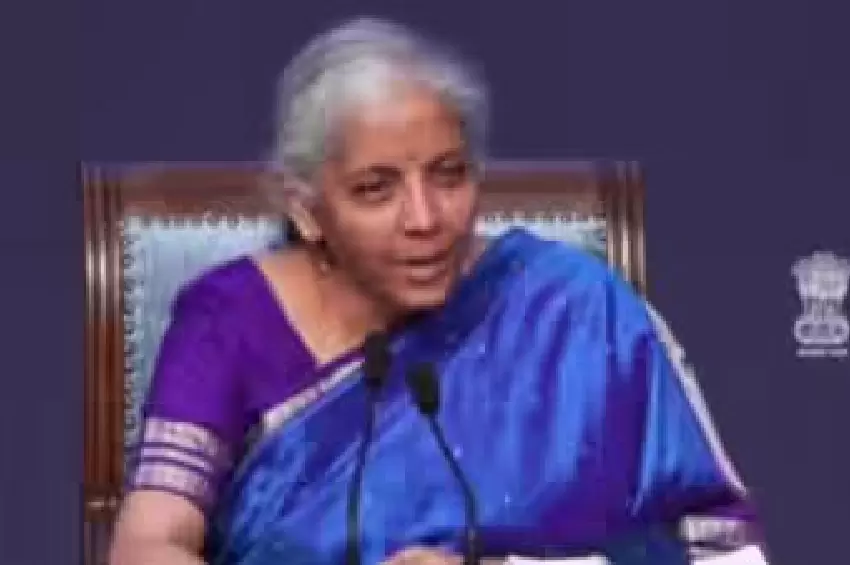Trump's Tariff Strategy: Targeting India to Pressure Putin
US President Donald Trump has escalated his economic strategy against Russia by imposing an additional 25% tariff on Indian goods. This decision, aimed at curtailing India's purchase of Russian oil, doubles the existing tariffs to a staggering 50%. Trump's move is seen as a direct attempt to pressure Russian President Vladimir Putin to cease hostilities in Ukraine.

However, the ramifications of this decision may extend far beyond its intended target. Analysts caution that the US economy, particularly its consumers and businesses, may bear the brunt of these tariffs. With inflation already a pressing concern, the increased costs on essential imports from India could exacerbate the situation.
The Global and Domestic Implications
The tariffs threaten to destabilize not only the US-India trade relationship but also the global oil market. India's significant role in purchasing Russian oil at discounted rates has contributed to maintaining global oil price stability. A sudden shift in this dynamic could lead to increased oil prices worldwide, further straining the US economy.
Key concerns include: the potential for heightened inflation, the erosion of diplomatic ties with India, and the unintended bolstering of competitors like China and Vietnam in the global market.
Looking Ahead: Negotiations and Repercussions
As tensions escalate, a US delegation is poised to engage in talks with Indian officials later this month. The outcome of these discussions could significantly influence the trajectory of US-India relations and the global economic landscape.
Meanwhile, the Indian government is exploring measures to mitigate the impact on its exporters, though subsidies remain off the table. The situation underscores the delicate balance between geopolitical strategy and economic pragmatism.









Comments